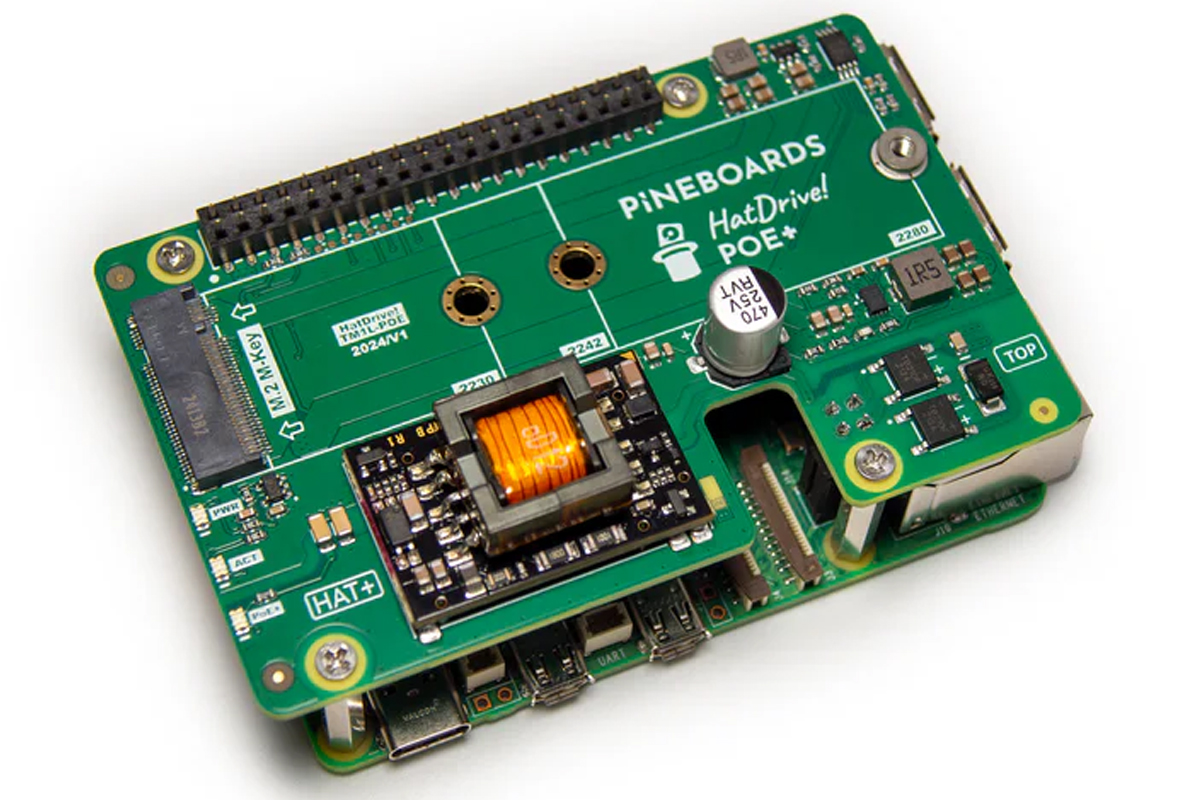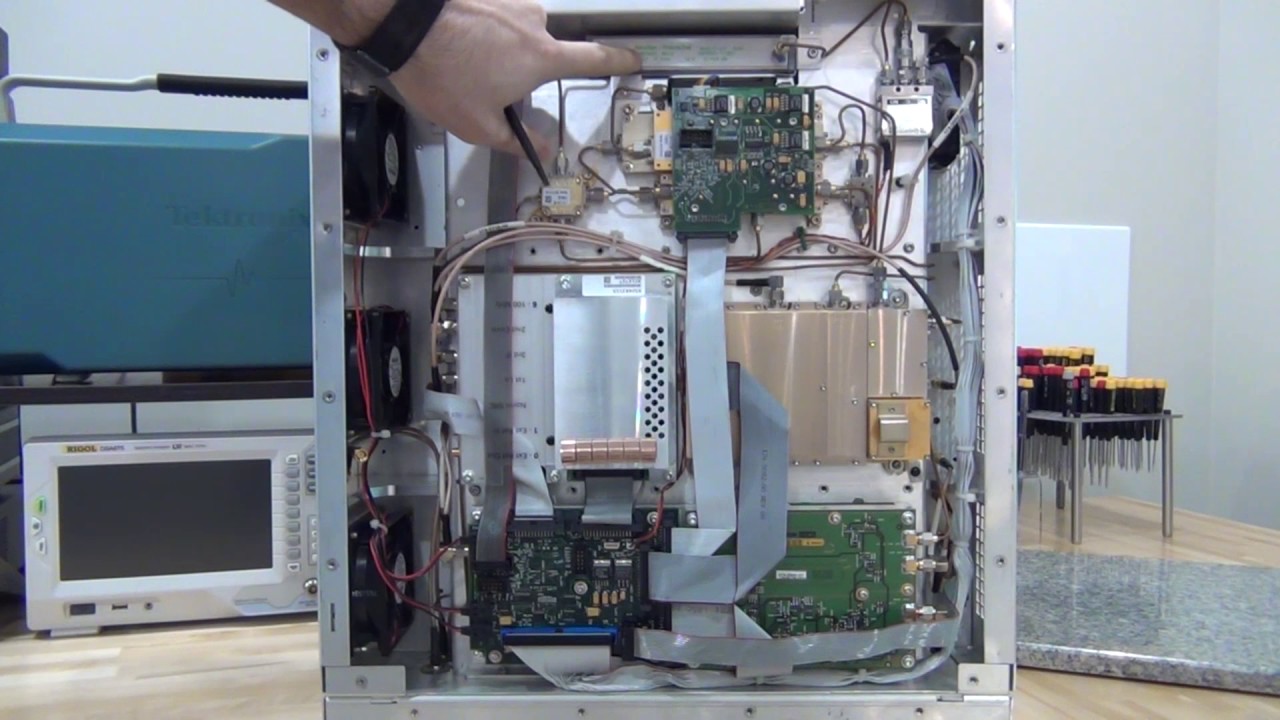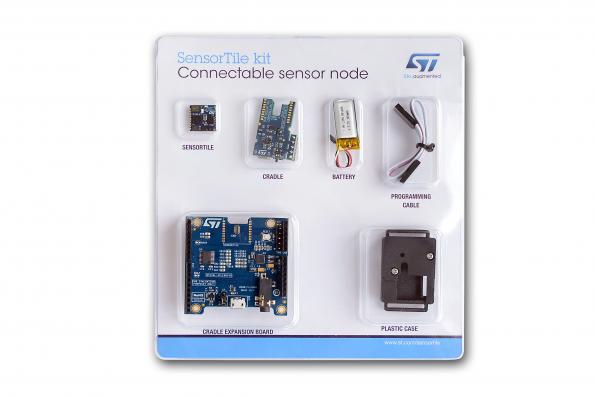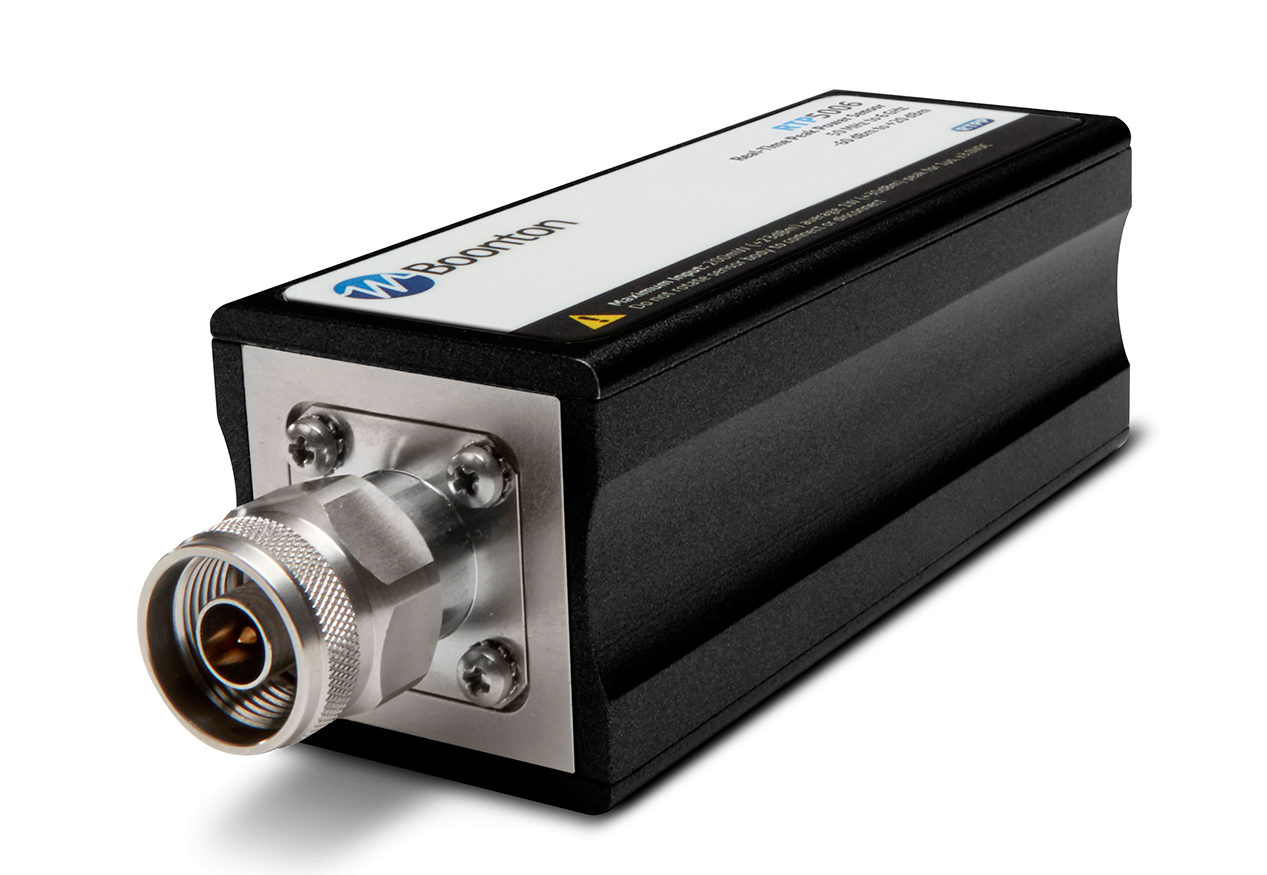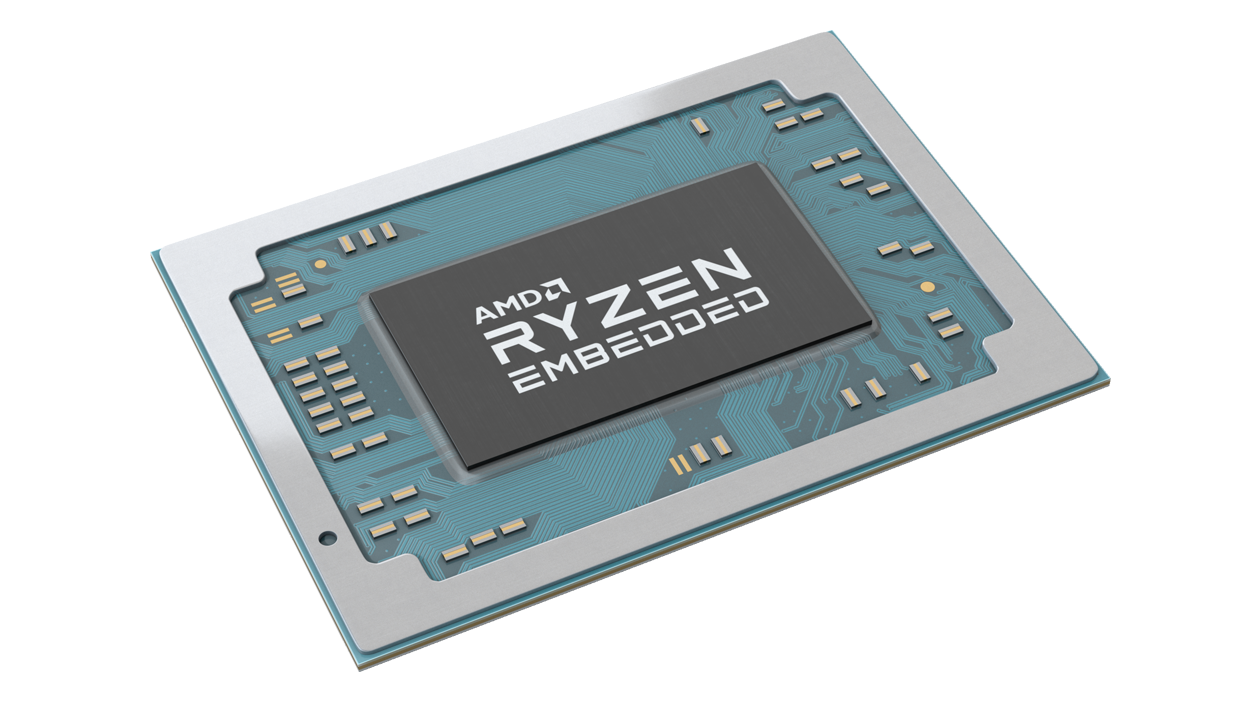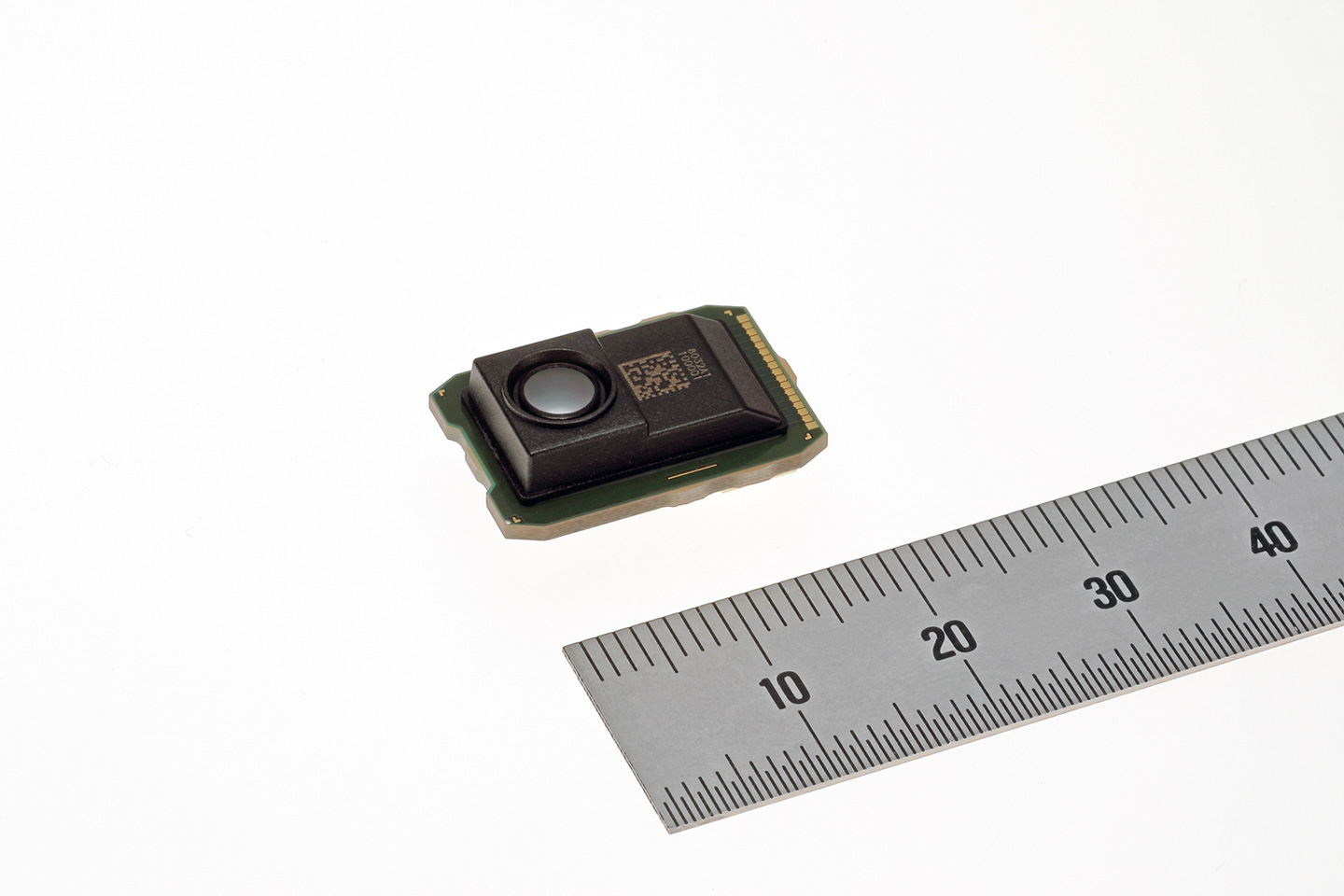
Accurately detects heat to identify types of heat sources and specific human behavior
Mitsubishi Electric Corporation announced that it will launch the Mitsubishi Electric Diode InfraRed sensor (MelDIR), a thermal sensor for applications in the fields of security, heating, ventilation and air conditioning (HVAC) and smart buildings, on November 1. MelDIR accurately distinguishes between humans and other heat sources and enables the identification of specific human behavior, such as walking, running or raising hands. It delivers high-pixel, high-thermal-resolution images using thermal diode infrared sensor technology that Mitsubishi Electric developed for the Advanced Land Observing Satellite-2 “DAICHI-2” (ALOS-2).
Features
1) High-pixel, high-thermal-resolution images
- 10 times higher pixel resolution (80×32 pixels) and five times higher thermal resolution of 100 mK, or 0.1 degree Celsius, compared to 16×16 pixel thermopile sensors now sold in the market, using thermal diode infrared sensor technology installed in the Compact InfraRed Camera (CIRC) for observing the earth with the ALOS-2, which Mitsubishi Electric delivered to the Japan Aerospace Exploration Agency in 2014 and is now in operation.
- Supporting legs, made extra thin thanks to microfabrication technique, convey energy efficiently without releasing heat, enabling more (smaller) pixels to be used for increased resolution.
- Electrical noise minimized by mounting thermal diode and high-spec amplifier close to each other on same chip, helping to maintain accuracy and achieve high thermal resolution.
- Enables highly detailed thermal images for distinguishing between humans and other heat sources and for identifying specific human behavior, such as walking, running or raising hands.
2) Compact, space-saving sensor developed with proprietary chip-scale vacuum-sealing technology
- Package is 80 percent smaller than that of existing sensors thanks to new packaging technology.
- Proprietary chip-scale packaging technology and vacuum-sealing technology enable sensor to be vacuum sealed (without using conventional ceramic package) to avoid heat radiation and achieve high thermal resolution.
more information: www.mitsubishielectric.com





